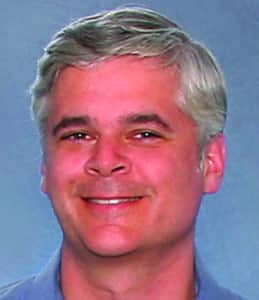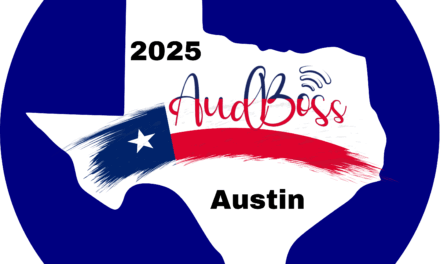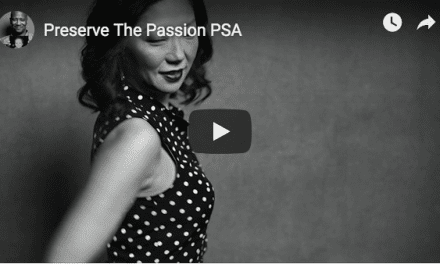Brent Edwards, PhD, former vice-president of research for Starkey Hearing Technologies and a key person behind the establishment of the Starkey Hearing Research Center in Berkeley, Calif, has accepted the position of chief technology officer at EarLens Corp, across the bay in nearby Menlo Park.
Dr Edwards, one of hearing healthcare’s most respected and best known research directors, has been involved in the industry since 1995. He joined Starkey in 2004, and was appointed vice-president of research in 2008. During the last 9 years, he established and spearheaded the Berkeley facility to research both practical product development—from directional and noise sound processing algorithms to patient-fine-tuning and wireless technologies—as well as basic auditory perceptual science ranging from binaural hearing to cognitive processing effort. Known almost as much for his far-reaching ideas about innovation as he is for his audiological research, Edwards has published many articles in The Hearing Review and other journals, and has presented at conferences all over the world. He holds a PhD in electrical engineering.
“I look forward to the many contributions that Brent will bring to EarLens,” said EarLens CEO/Chair/President Bill Facteau. “Brent’s extensive experience in the hearing technology industry will enable him to immediately make a significant impact on the development of the EarLens Contact Hearing Device.”
What is EarLens? EarLens is a new company started by co-founder Rodney Perkins, MD, the serial entrepreneur who, in the hearing healthcare industry, helped found ReSound, Sound ID Bluetooth Personal Sound System (PSS), and more recently the SoundHawk personal sound amplification product (PSAP).
According to EarLens Director of Marketing John White, the company has developed the EarLens Contact Hearing Device™, the world’s first hearing device to use light to transmit sound. The device is designed to transform the user’s own eardrum into a speaker, which reportedly enables delivery of an ultra-wide frequency range (from 125 to 10,000 Hz) and a higher maximum gain margin.
The company intends to seek FDA 510(k) clearance for the treatment of hearing impairment.
From the information and video shown on the company’s website, the EarLens doesn’t really fit cleanly into the category of a “hearing aid”; it does not amplify sound in the conventional manner, but instead mechanically stimulates the eardrum using light as the transmission medium. In simplistic terms, the Earlens has two main components: 1) a BTE processor that instead of converting sound into a digital signal, it converts sound into infrared (IR) light that is then transmitted to 2) the Tympanic Contact Actuator (TCA) that resembles a contact lens situated on the tympanic membrane. The TCA has a photoreceptor that receives the IR light and then converts it into vibrations that are applied directly to the eardrum through a tiny custom contact pad.
Although the company will not comment or speculate on anything related to product benefits or advantages (ie, it’s hoping to apply for FDA 510(k) clearance), it would appear to the editor that the system—if it indeed works effectively— holds, at least, the potential to substantially reduce or eliminate feedback (ie, there is no traditional “sound loop” feedback mechanism as found in hearing aids), and it might also be able to provide a wide range of gain in addition to the company’s hope for an ultra-wide frequency range (cf, a truly deep-fit CIC). Again, judging from the video, it appears that the device might require at least some involvement of an ENT for placement of the TCA component on the tympanic membrane, then probably rely on a qualified dispensing professional for the fitting/placement of the BTE, IR transmission tube, and what would be analogous to a (light) receiver in the ear canal, as well as custom programming of the device.
EarLens has raised more than $36.3 million from investors, according to its February 2014 SEC filing. The company could not speculate on any timetable for the availability of the device.






